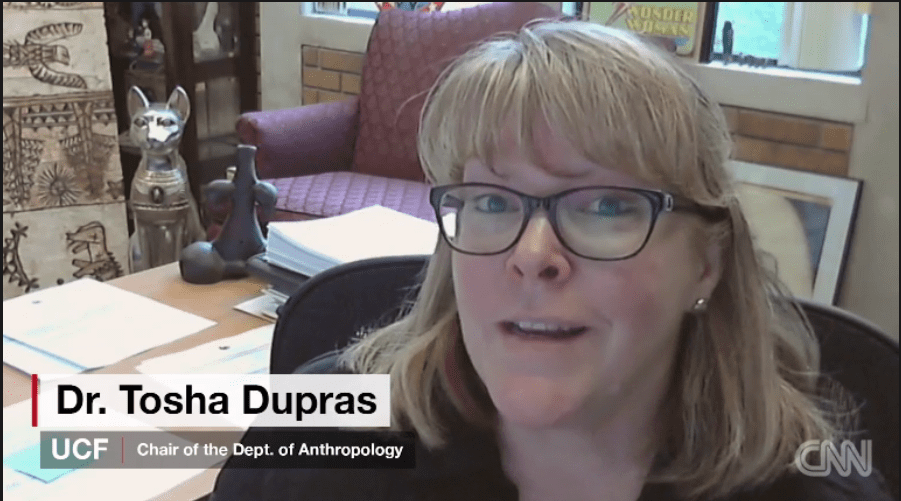Anthropology Students Help Uncover Napoleon Army Death Mystery
After the discovery of a mass grave in 2001 featuring the remains of Napoleon Bonaparte’s army in Lithuania, UCF anthropology students Serenela Pelier and Sammantha Holder recently performed a research study on the remains of the soldiers. Over 3,000 corpses were found and revealed to be from “Napoleon’s Grande Armée” in 1812. The soldiers were amidst traveling through Vilnius, Lithuania after retreating from Russia.
Pelier and Holder, under the direction of UCF bioarchaeologist Tosha Dupras, Ph.D., used stable isotope analyses on the samples of the remains. Pelier applied oxygen isotope analysis to find out the geographical origin of nine of the  skeletons, while Holder utilized carbon and nitrogen isotope analysis on 78 individuals to learn about the diet and starvation.
skeletons, while Holder utilized carbon and nitrogen isotope analysis on 78 individuals to learn about the diet and starvation.
Napoleon’s soldiers had little to eat, and according to Pelier and Holder’s findings, they died from starvation, hypothermia, and typhus. Previous studies had revealed that the teeth of the soldiers showed rampant dental cavities and indications of stress during childhood, and over one-quarter of the dead had succumbed to epidemic typhus, a louse-borne disease.
“The prolonged periods of starvation possibly stem from career-long military service in numerous campaigns throughout the Napoleonic Wars, or from nutritional stresses prior to military conscription,” Holder wrote in her analysis.
The members of Napoleon’s Grande Armée have been laid to rest in a new burial location alongside other soldiers at the Antakalnis Military Cemetery in Vilnius.
For a complete breakdown of Pelier and Holder’s research and more information on the remains of Napoleon’s army, visit: http://www.forbes.com/sites/kristinakillgrove/2015/07/25/skeletons-of-napoleons-soldiers-in-mass-grave-show-signs-of-starvation/.
Dupras went into further detail when she was interviewed by CNN about the remains that were uncovered. Click here to watch the video.
